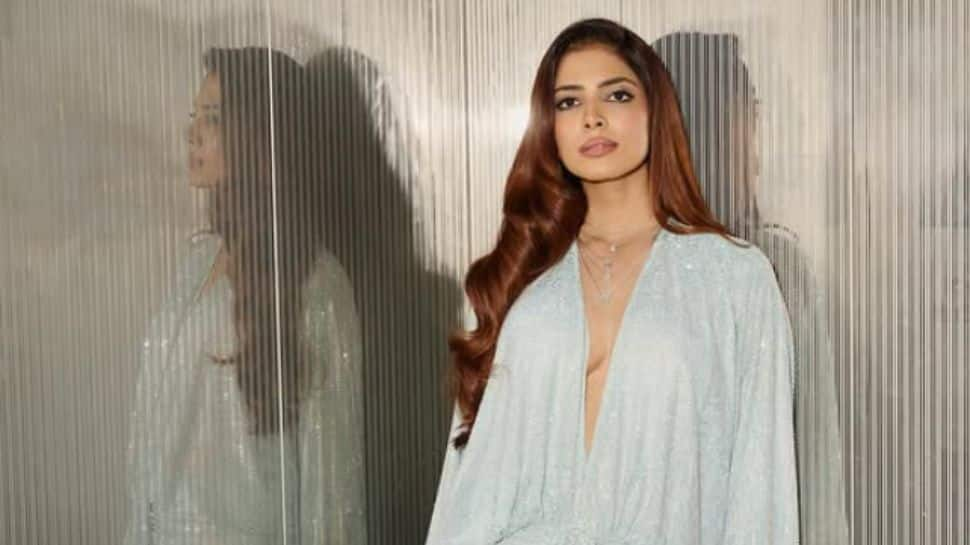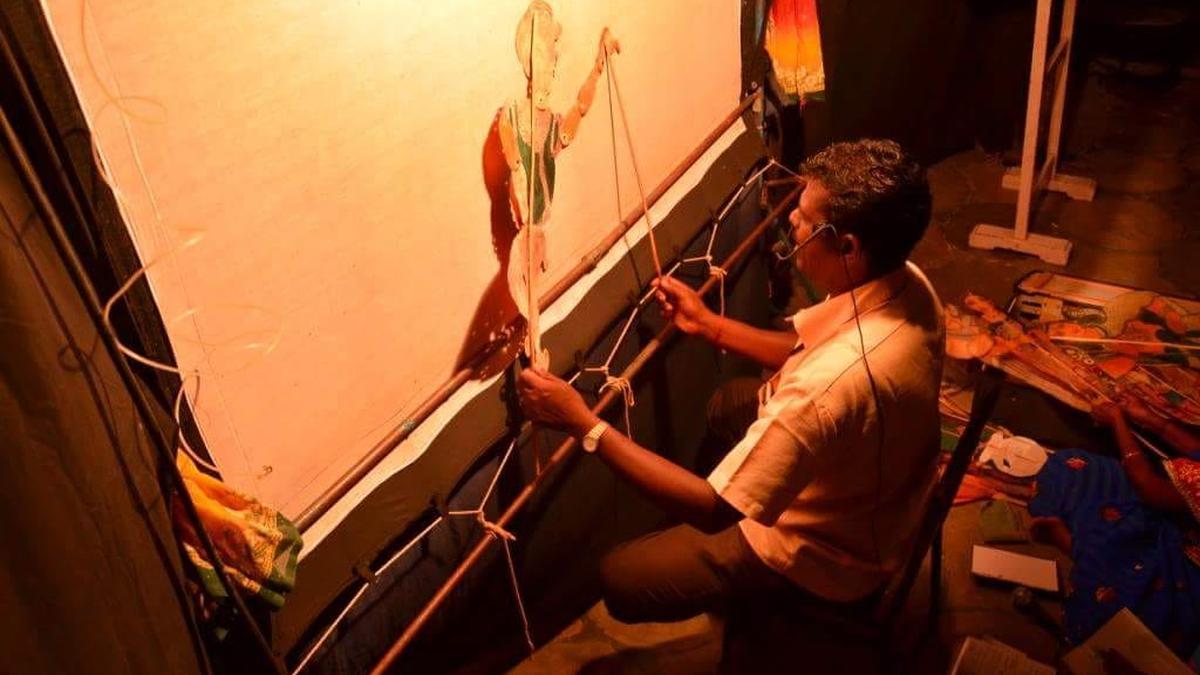How Semmangudi Srinivasa Iyer continues to inspire young Carnatic vocalists

Adithya Madhavan’s rendition received appreciative nods from the audience
| Photo Credit: JOTHI RAMALINGAM B.
The Music Academy auditorium, Chennai, was hushed, not with silence, but with expectation. The occasion carriedthe weight of the lineage and memory of a voice that once defined an era. Organised by K. Vivekanandan, in memory of his illustrious grandfather, Semmangudi R. Srinivasa Iyer, the endowment concert drew rasikas who came not only to listen but to reminisce. For many, Semmangudi was not just a vidwan, but an institution. A musical conscience that set uncompromising standards for bhava-laden music, raga integrity, and sahitya clarity.
The young and promising vocalist Adithya Madhavan offered a thoughtfully curated 90-minute kutcheri that celebrated the quintessential Semmangudi soundscape. He was supported by V.S.P. Gayatri Sivani on the violin and Kaushik Sridhar on mridangam.
The repertoire, centred on Karaharapriya and its janyas, paid homage to the Semmangudi bani, which is known for its kaisiki nishadam-rich ragas, bhava-driven delivery and a rakti-oriented approach to raga alapana.
The concert opened with the varnam ‘Vanajakshi’ in Kalyani, rendered in a moderately brisk tempo. Adithya used it as a launchpad to settle his voice, initially marred by minor breath breaks. But, as the concert progressed, Adithya’s open-throated delivery began to shine through, aided by sensitive mridangam support that avoided overstatement.
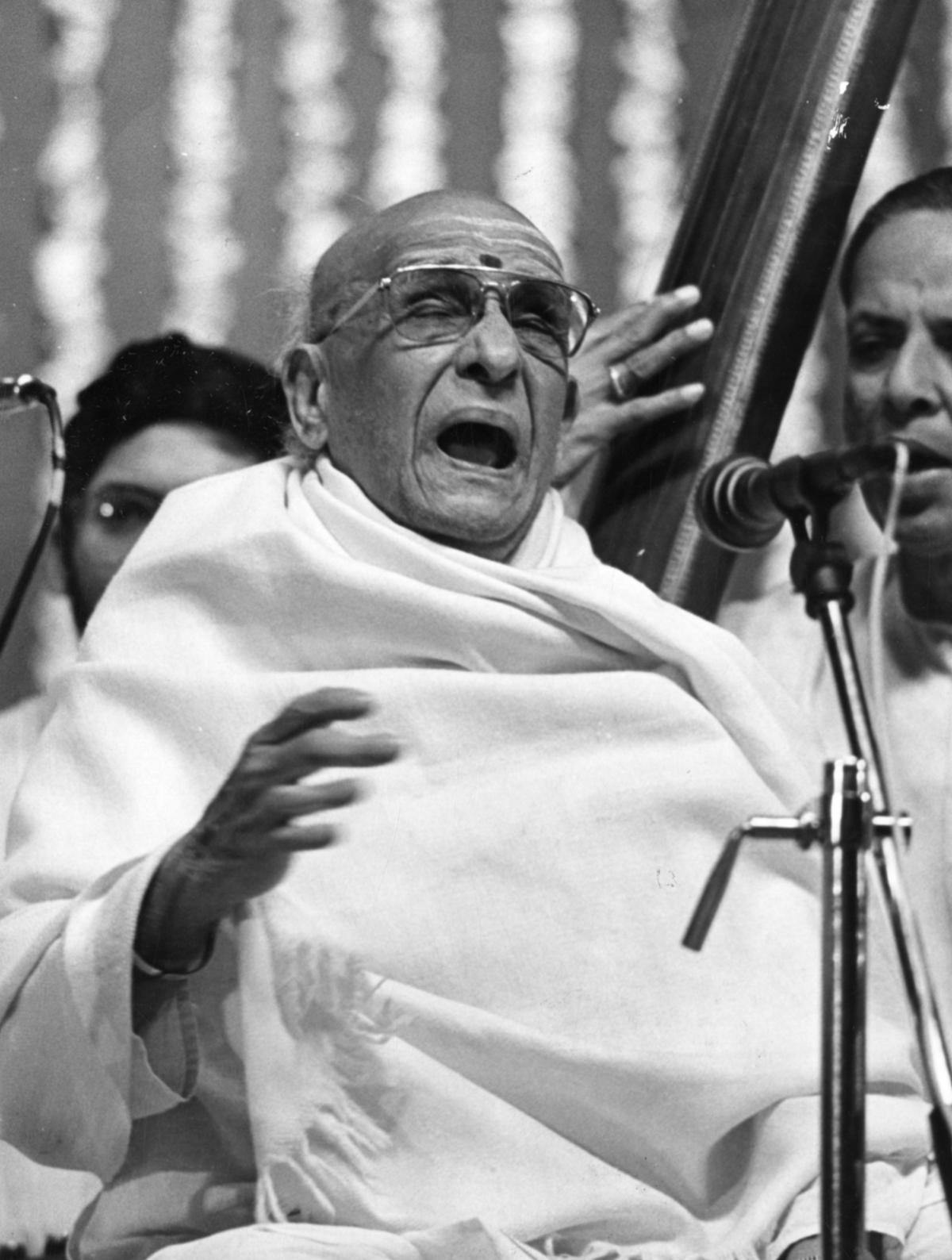
Sangita Kalanidhi Semmangudi R. Srinivasa Iyer
| Photo Credit:
The Hindu Archives
If Semmangudi’s voice has lingered in our memory, it is partly due to renditions like ‘Marubalka’ in Sri Ranjani, a kriti he sculpted with such precision that its architecture has become canonical. Adithya revisited this classic with a sense of restraint and ragasuddham, letting the raga’s charm emerge unhurriedly. His kalpanaswaras at ‘Dhari nerigi’ were crisp and well-proportioned. Gayathri’s violin, never merely echoing, but extending the singer’s phrases with an intuitive empathy.
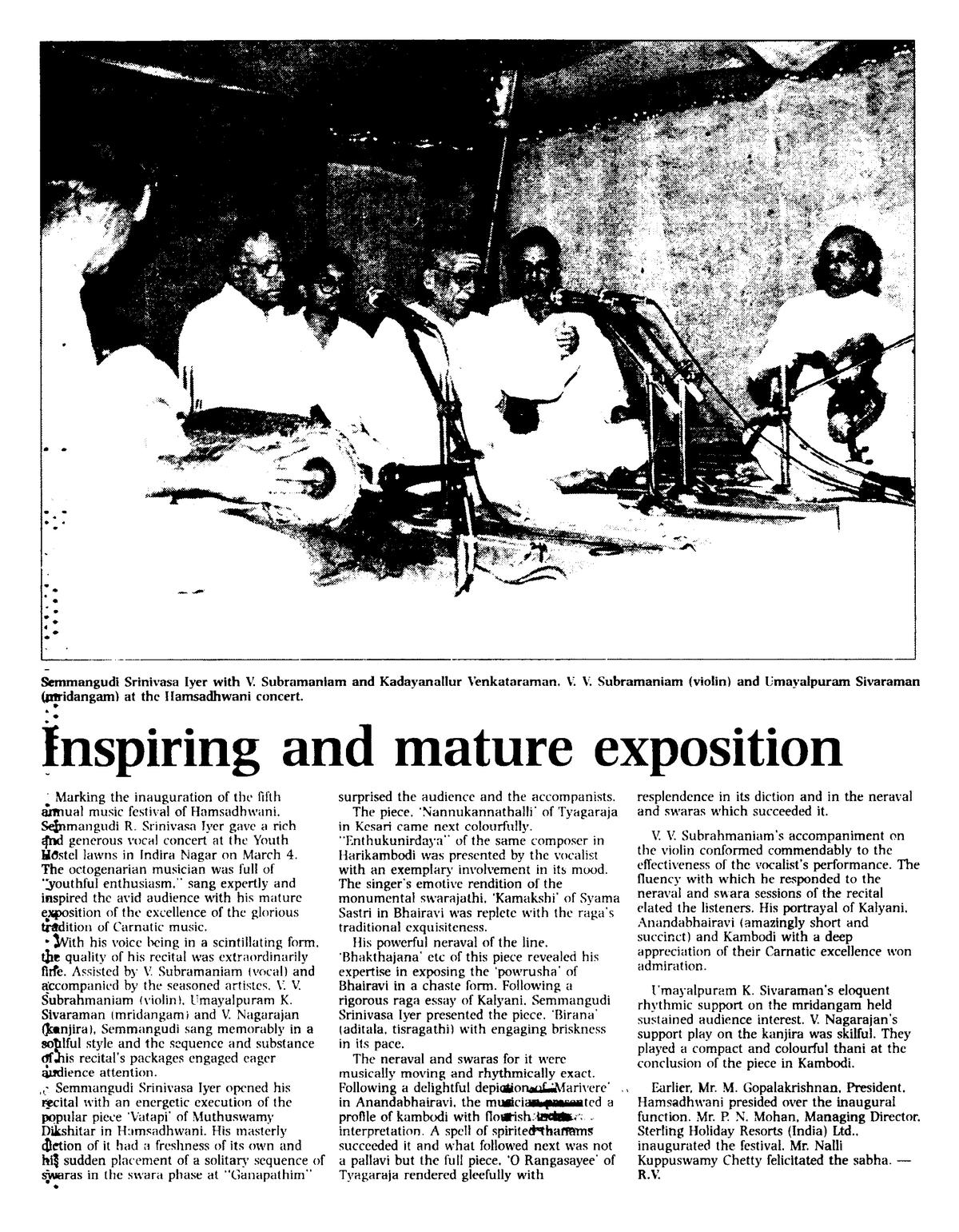
Review of Semmangudi Srinivasa Iyer’s concert published in The Hindu in 1996.
| Photo Credit:
The Hindu Archives
The sub-main segment was marked by a brief, yet emotionally luminous Varali alapana, where the raga’s innate karuṇa rasa was brought out. The choice of Varali inevitably evoked memories of Semmangudi’s enduring connection with the raga, particularly through iconic renditions like ‘Ka va va’. Moving into ‘Maamava meenakshi’, Dikshitar’s magnum opus, Adithya maintained a steady gait and his niraval at ‘Shyame shankari digvijaya pradayini’ was a highlight of the evening. His breath control, alignment with the tala, and depth of voice were noteworthy. The violin and mridangam responded in synergy, enhancing the grandeur without distracting from it.
Papanasam Sivan’s ‘Appan avatharitha’ in Karaharapriya, a less-frequently performed composition that served as a nod to Semmangudi’s love for the raga, was delivered as a brisk interlude before the concert’s main piece. The mel kala composition, though lighter in tone, was well-placed in the sequence, offering a measured contrast that did not break the classical intensity.
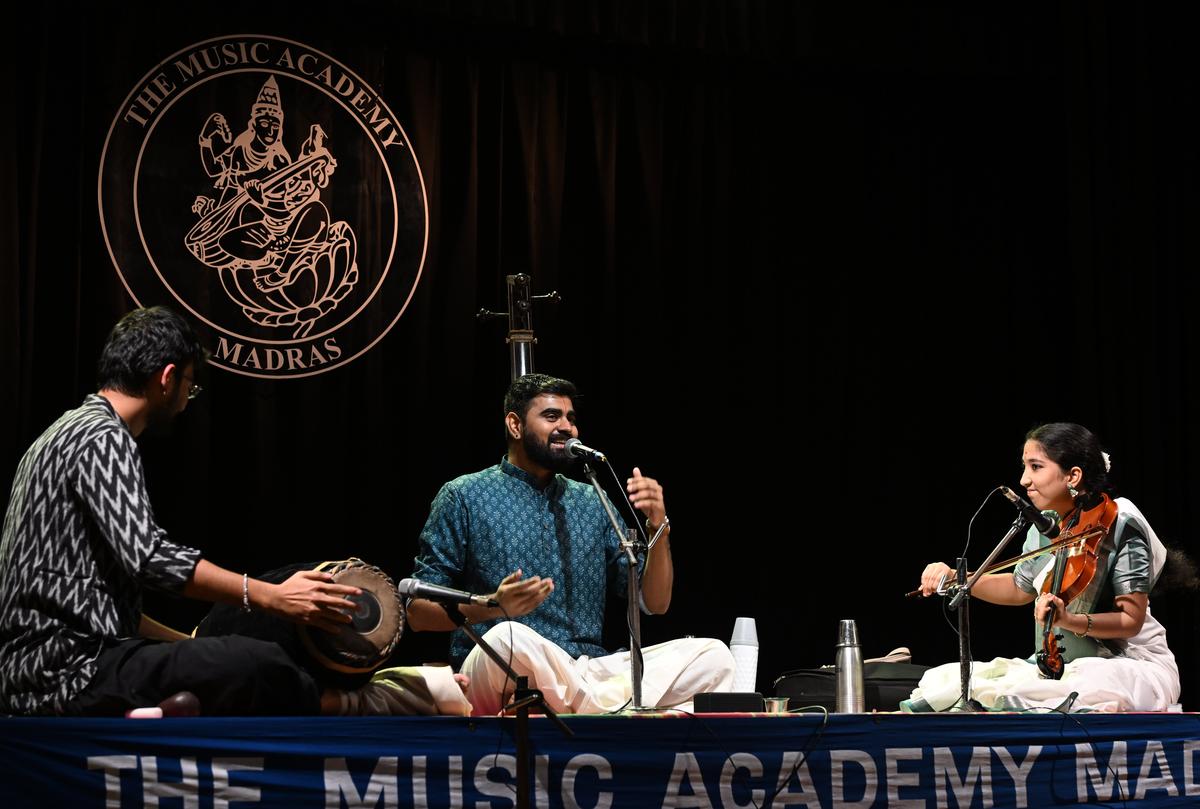
Adithya Madhavan was supported aptly by V.S.P. Gayatri Sivani and Kaushik Sridhar
| Photo Credit:
JOTHI RAMALINGAM B.
Adithya reserved his elaborate exposition for Kamboji, a raga known for its regal and rakti nature. Gayatri’s violin response was equally compelling, capturing the bhakti-rasa and dignity of Kambhoji with sangatis that were subtle, yet impactful. The kriti that followed, ‘Sri raghuvara aprameya mamava’, was a bold and welcome choice, a Tyagaraja piece, known for its compositional structure that juxtaposes devotion with dramatic phrasing. The kalpanaswaras showcased his creativity, where he wove rapid-fire swaras, and concluded with a flourish that drew appreciative nods. Kaushik’s thani avartanam that followed was brisk and engaging, giving the audience rhythmic variation without overwhelming the concert’s tonal atmosphere.
The concert concluded with a serene rendering of “Saa pashyat kausalyam” in Jonpuri, a fitting thukkada that gently let go of the lingering grandeur of the main.
Published – July 02, 2025 04:20 pm IST




